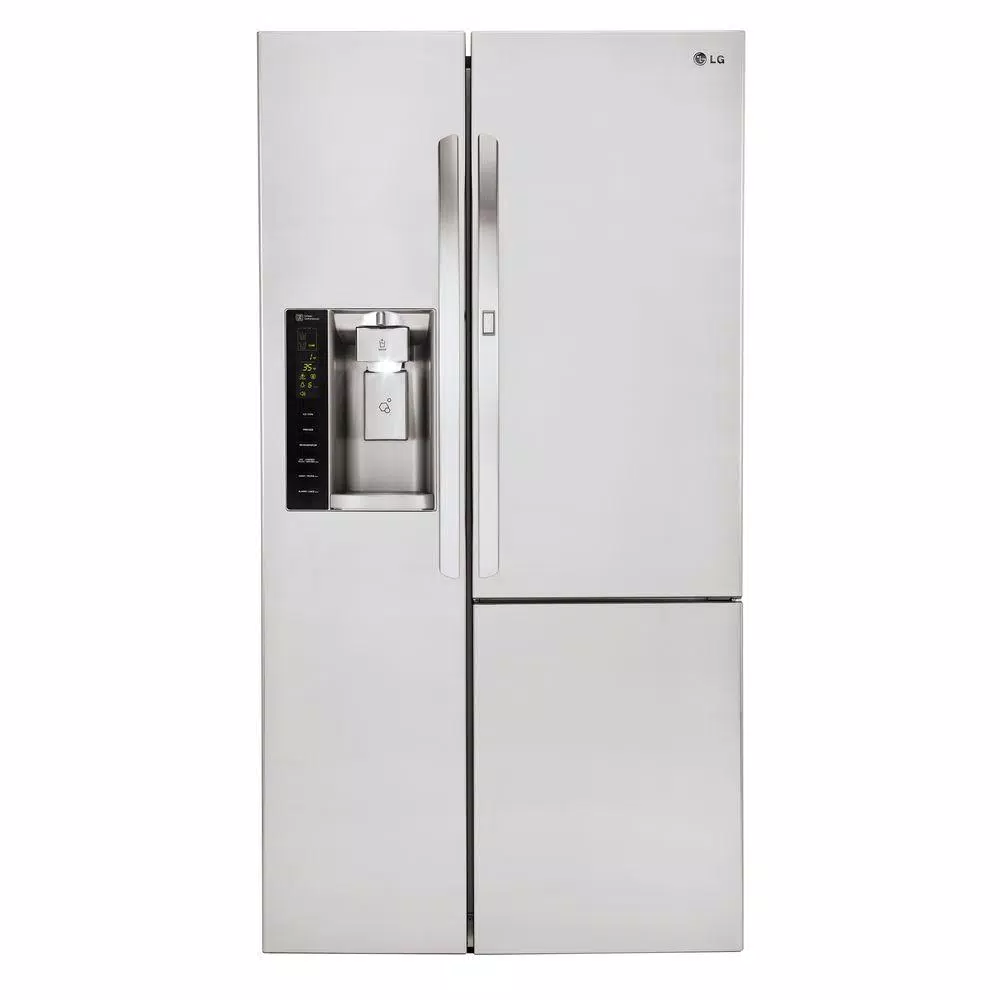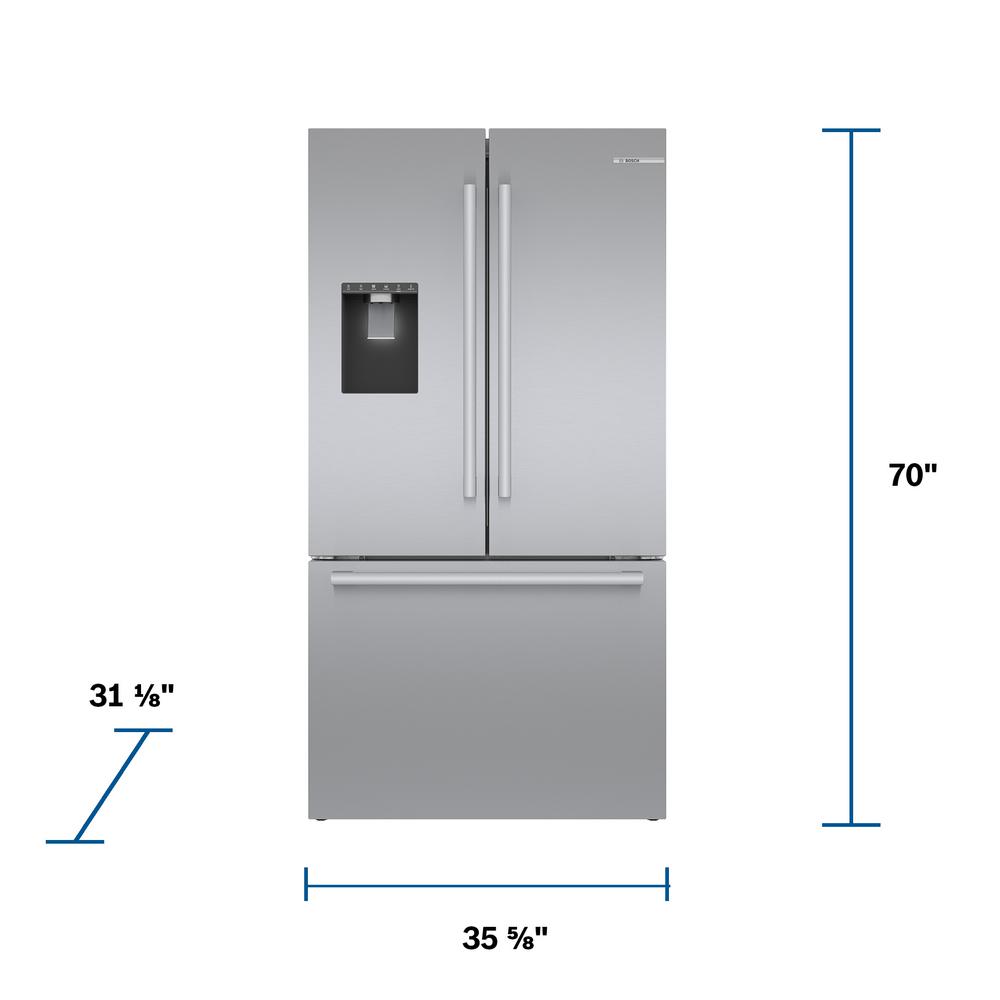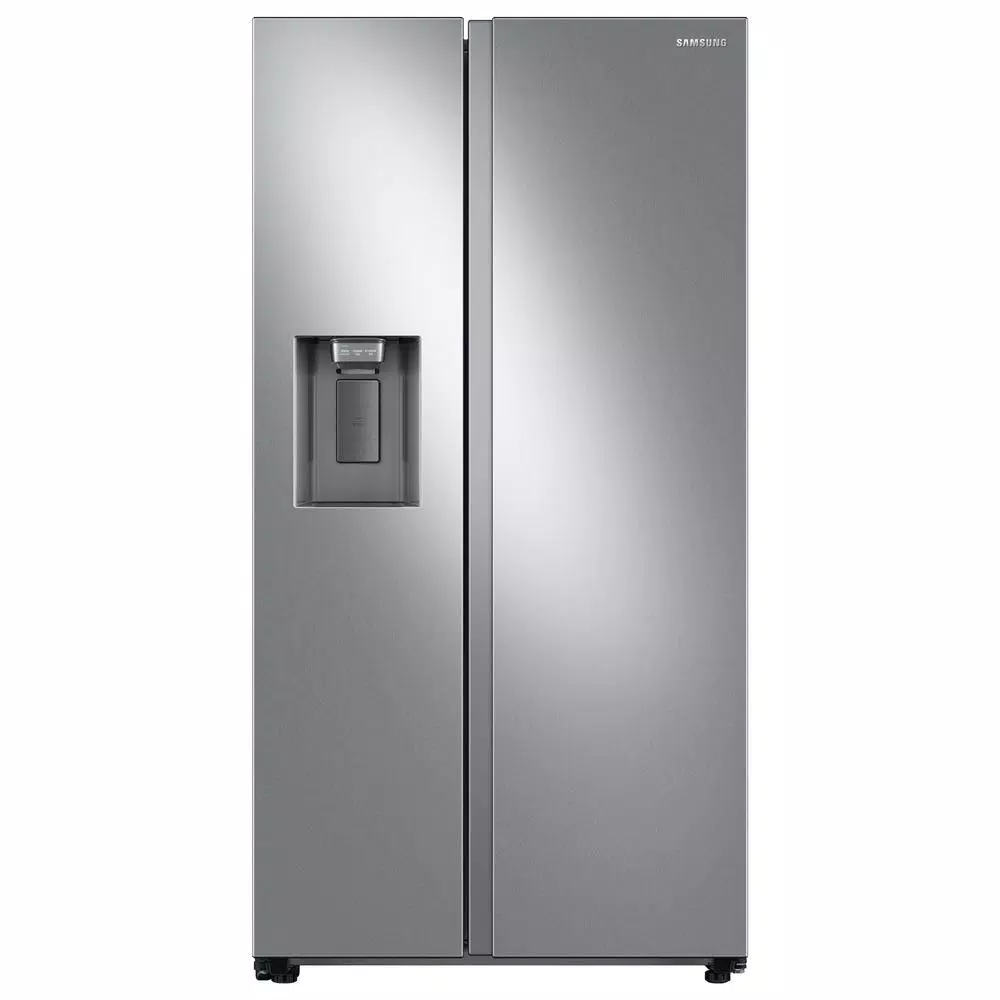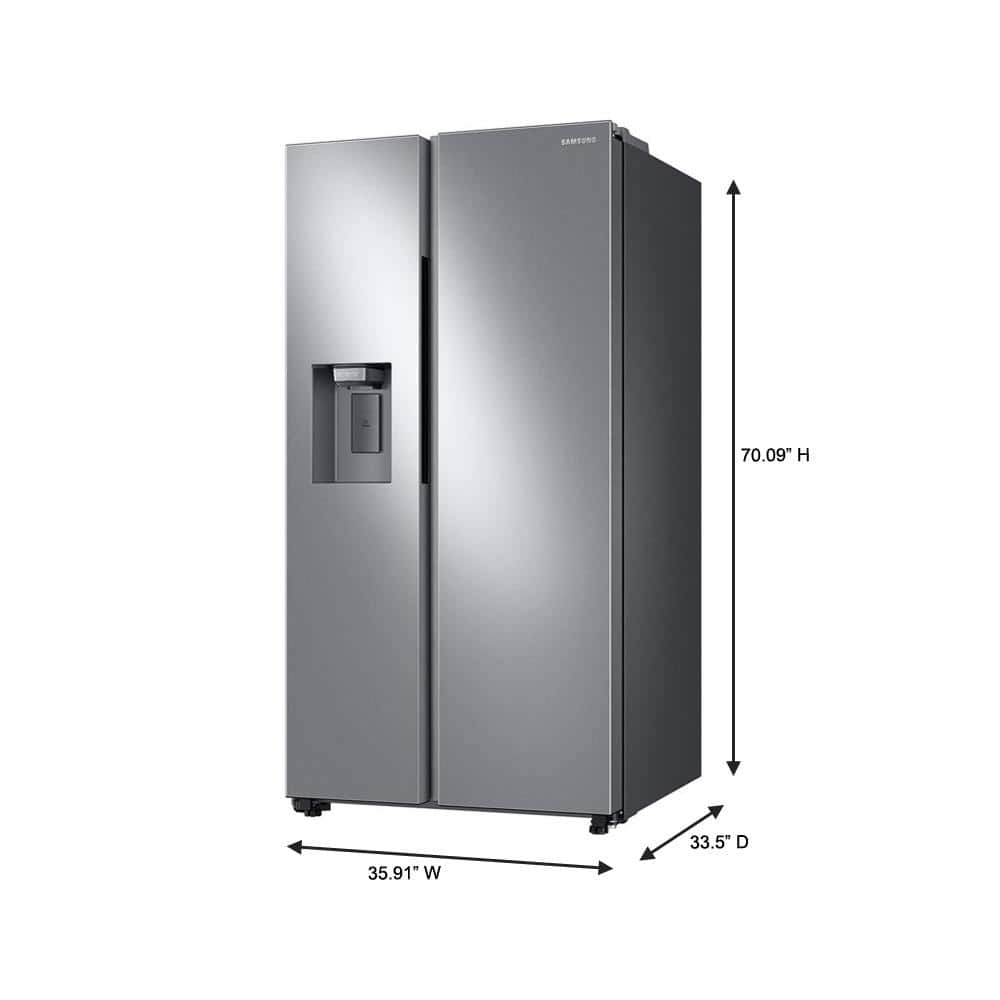GE 23.2 cu. ft. Side by Side Refrigerator in Stainless Steel
Adjustable door bins creates additional storage for large items. Strong and flexible shelf support. Factory installed ice maker ensures efficient ice production.
GE appliances provide up-to-date technology and exceptional quality to simplify the way you live. With a timeless appearance, this family of appliances is ideal for your family. And, coming from one of the most trusted names in America, you know that this entire selection of appliances is as advanced as it is practical.
- Adjustable slide-out, spillproof glass shelves – Raised edges help contain spills and make clean up quick and easy
- Fresh food multi-level drawers – Provide the ideal environment for storing your fruits and vegetables
- Arctica icemaker – A special access door puts ice within reach
- Adjustable door bins – Creates additional storage space for milk and other gallon-size containers
- Advanced water filtration uses XWF replacement filter
- Provides strong, flexible support
- 69-1/2 in. H x 32-3/4 in. W x 35-1/4 in. D
- Creates additional storage space for milk and other gallon-size containers
- Dispenses cubes, crushed ice, or chilled water
- A total of 3 freezer door bins
- 15.3 cu. ft. food capacity
- Limited 1-year entire appliance warranty
Additional information
| Depth (Excluding Handles) | 32.75 |
|---|---|
| Depth (Including Handles) | 35.25 |
| Depth (Less Door) | 28.5 |
| Depth With Door Open 90 Degrees (In) | 50.5 |
| Height to Top of Door Hinge (in.) | 69.5 |
| Height to Top of Refrigerator (in.) | 69 |
| Product Depth x Height x Width (in.) | 35.25 x 69.5 x 35.75 |
| Refrigerator Width (In.) | 35.75 |
| Certifications and Listings | UL Listed |
| Manufacturer Warranty | Limited 1-year entire appliance |






by Rik
Trying to find a fridge when you don’t have an opening greater than 36 is very difficult. Our previous fridge was a Whirlpool Gold that the ice maker crapped out in less than 4 years and the LED lights failed in the freezer in year 5. This one fits the bill, only issue is the freezer is very small so we bought a freezer chest for storage, hoping to have better luck with this one
by Donna
Finally a good fit. Like the color.
by Florida
This refrigerator fits great if you only have a narrow area to place it in.
by Terry
Works like it should. The ice machine works great. The water works like it should. Keeps everything at the right temperature.